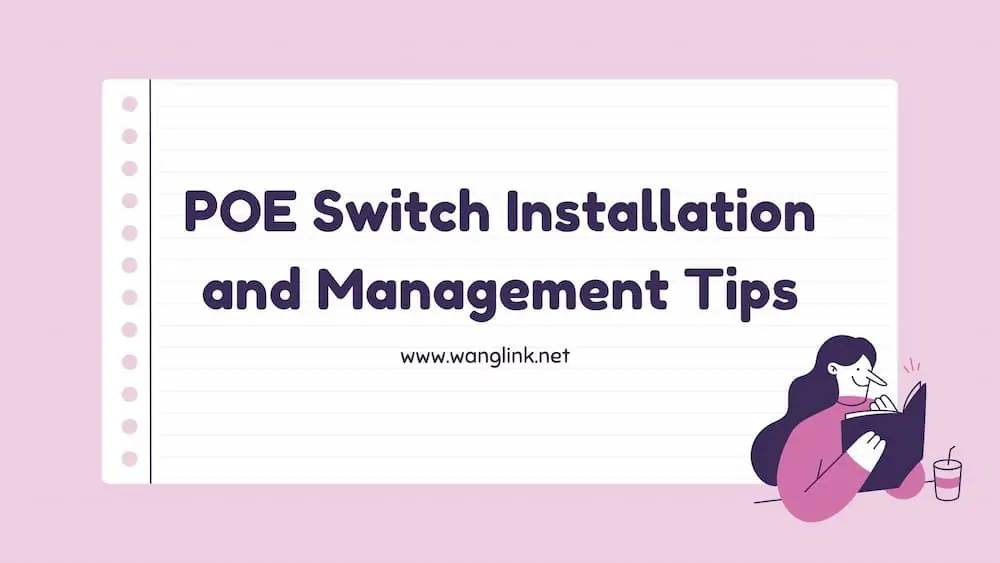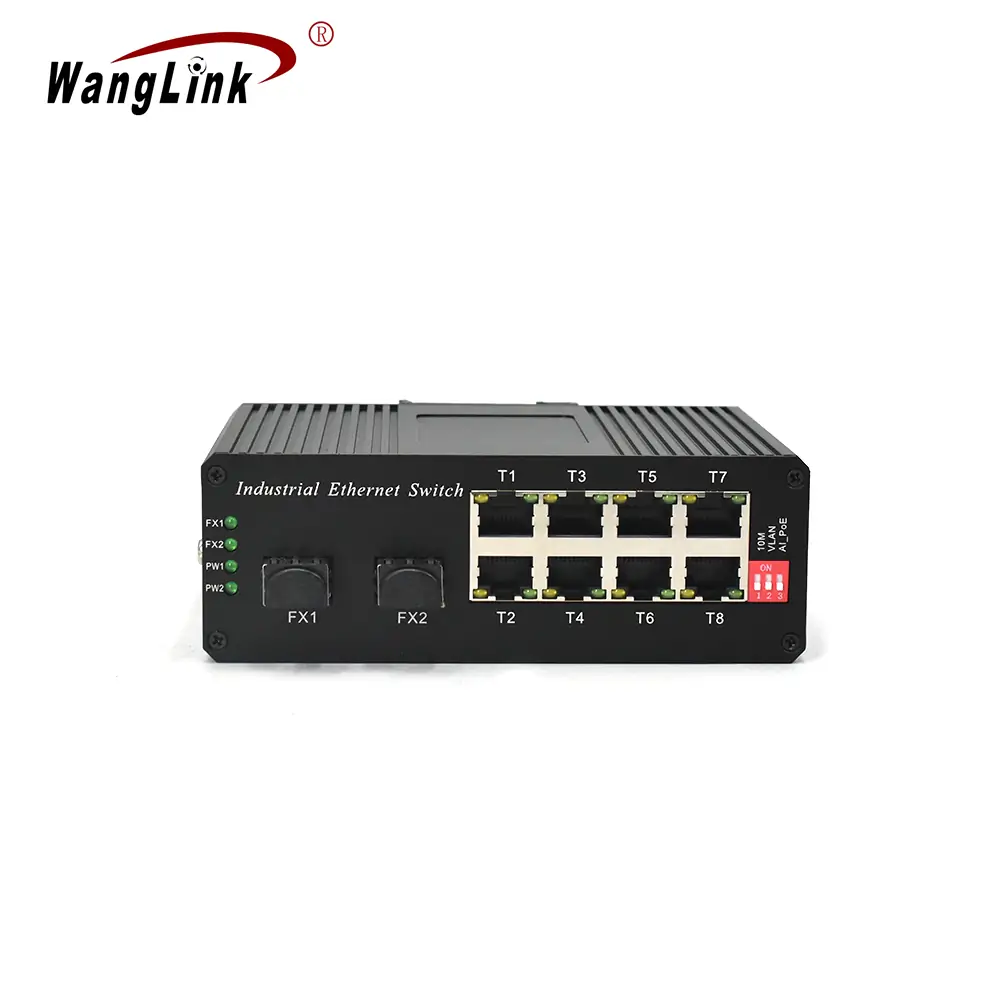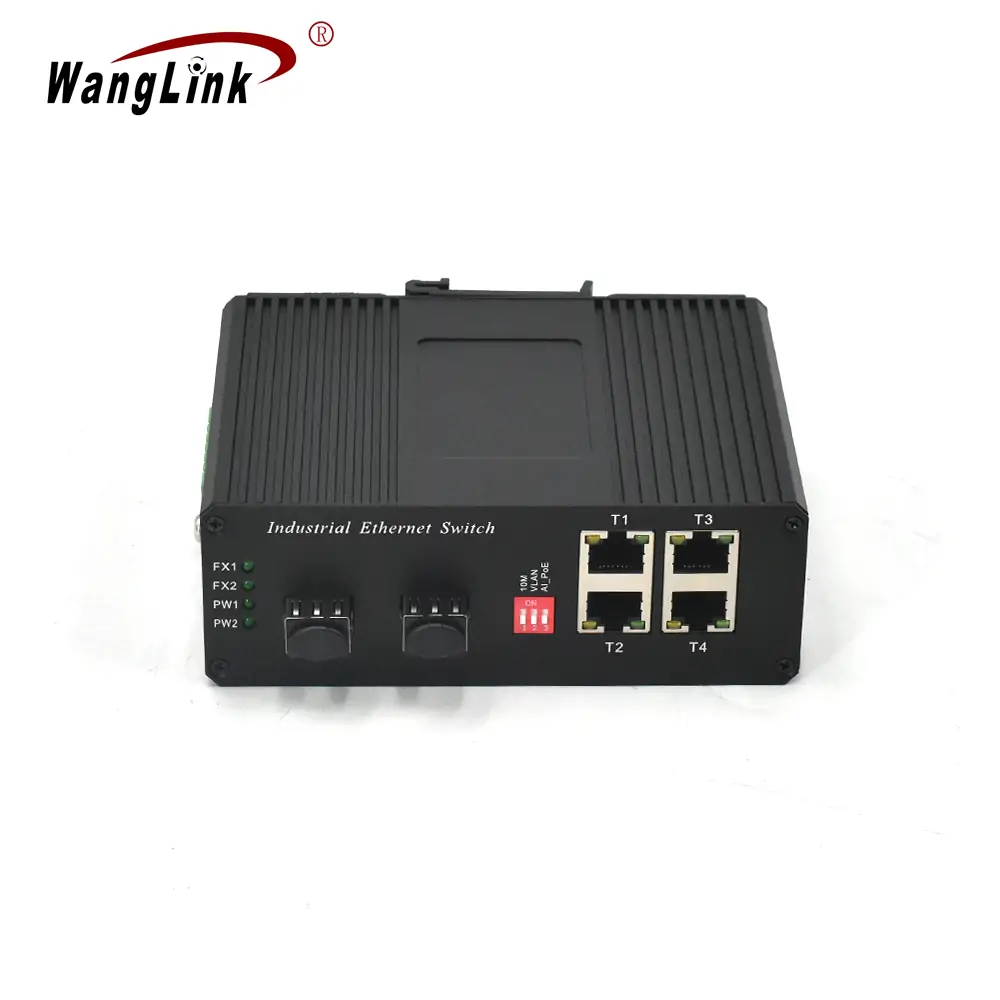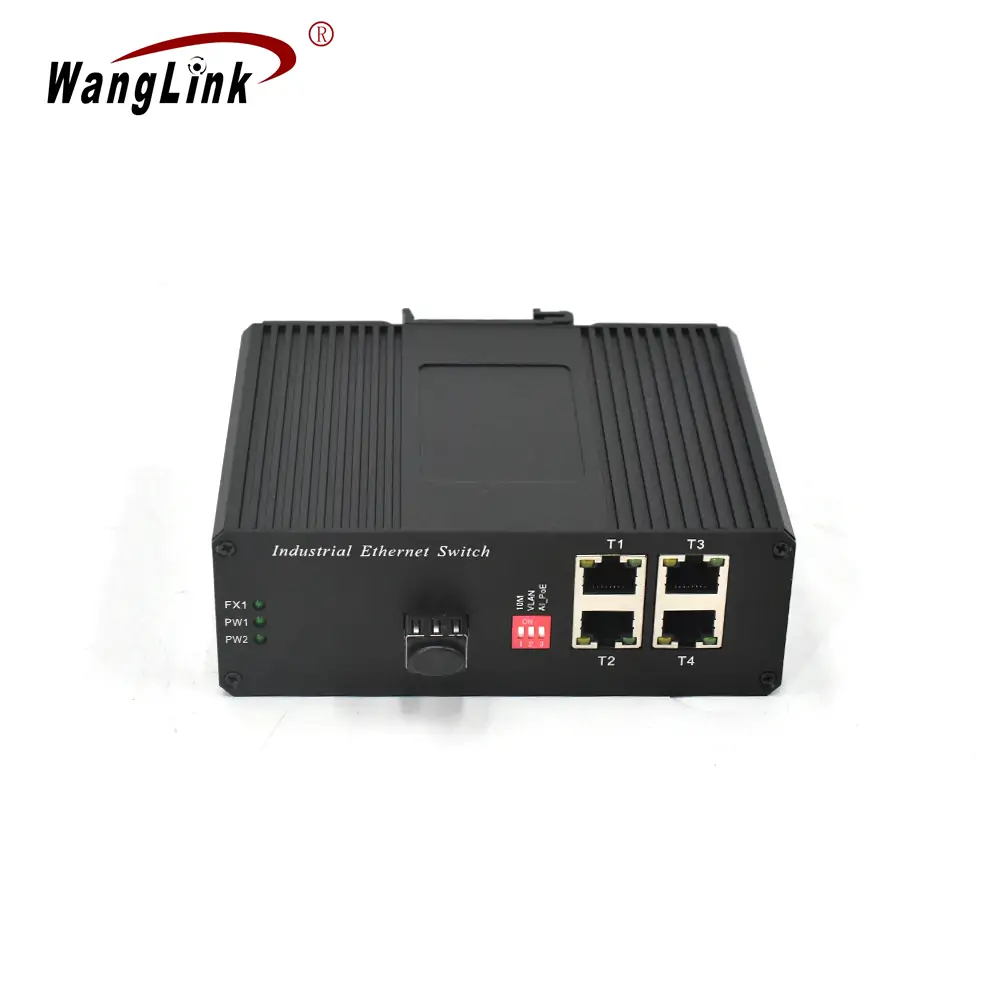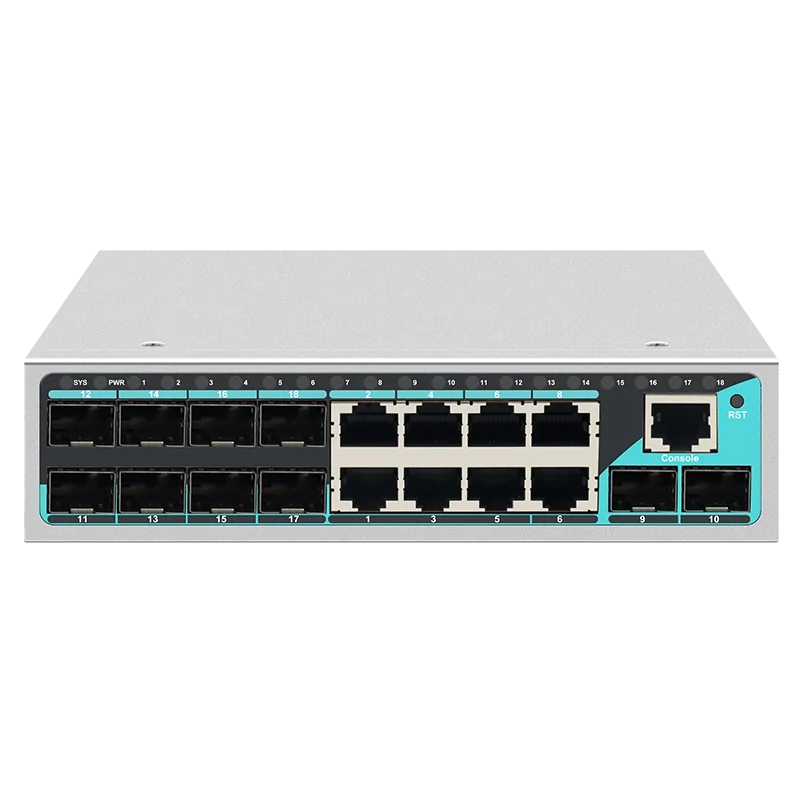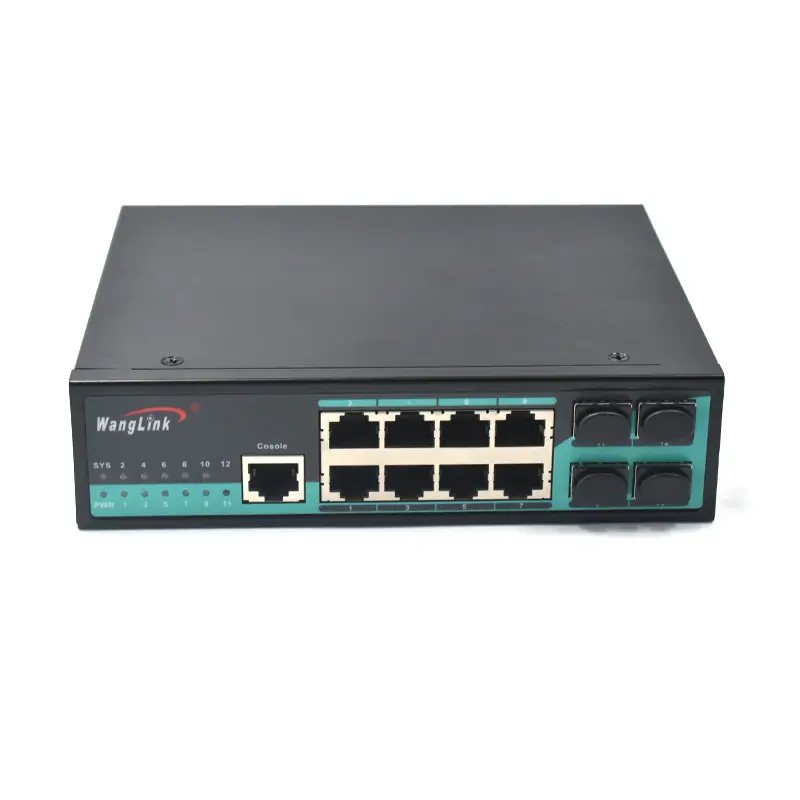In network environments, Power over Ethernet (POE) switches provide power, simplify wiring, and enhance device efficiency. This article shares valuable tips for the installation, management, and maintenance of POE switches to support efficient operations.
1. Installation and Wiring Tips
1.1 Choose Quality Cables
Use Cat5e or higher specification cables (preferably Cat6) to ensure stable power transmission, especially for high-power POE++ devices. Avoid low-quality cables to prevent voltage drops or overheating risks.
1.2 Plan Power Distance
Ensure the distance from devices to the switch does not exceed 90 meters (including a 10% safety margin). For longer distances, use a POE extender or fiber optics with a repeater for power supply.
1.3 Heat Dissipation and Installation Location
Install the switch in a well-ventilated area to avoid high-temperature environments (e.g., add fans to enclosed racks). For high-power models (like POE++), opt for rack-mounted installations and ensure there is sufficient space for heat dissipation.
2. Power Management Techniques
2.1 Reserve Total Power Margin
Calculate total power requirements: Total Power = Sum of all POE device wattages + 20% overhead. For example, ten 30W devices require a switch with at least 360W (10×30×1.2).
2.2 Priority Configuration
In managed POE switches, assign higher power priority to critical devices (like security cameras) to ensure their power supply during outages.
2.3 Mixed Device Compatibility
When connecting both POE (15W) and POE+ (30W) devices, avoid concentrating all high-power devices on a single switch to prevent exceeding the total power limit.
3. Device Compatibility Verification
3.1 Check POE Support
Use a POE tester (e.g., Fluke MicroScanner) to confirm terminal devices support POE and the required standards (af/at/bt). Do not attempt to power non-POE devices, as this may cause malfunctions despite the switch’s protective mechanisms.
3.2 Legacy Device Adaptation
Some older IP cameras require a 12V DC input; use a POE splitter to convert the 48V from the cable to the required voltage.
4. Safety and Protection Techniques
4.1 Lightning and Surge Protection
When deploying outdoors, install surge protectors or POE surge protectors on switches and terminal devices (like cameras) to prevent lightning damage.
4.2 Power Redundancy
In critical scenarios (like monitoring centers), use dual power supply POE switches or an external UPS to prevent system failure due to power outages.
5. Remote Management and Monitoring
5.1 Enable Smart Management
Use a web interface or SNMP protocol to monitor real-time power distribution, port status, and temperature. This allows for quick identification of overloads or malfunctioning devices. For instance, if a Hikvision camera goes offline, you can remotely reboot the corresponding POE port.
5.2 Firmware Upgrades
Regularly update switch firmware to resolve compatibility issues with power protocols (e.g., some models may need firmware updates to support 802.3bt devices).
6. Extension and Optimization Techniques
6.1 Cascading POE Switches
When cascading multiple POE switches, ensure the upstream switch provides sufficient power for the downstream switch (considering its own power consumption and the needs of connected devices).
6.2 Breaking Distance Limits
Use POE extenders (for cameras located 100 meters away) or fiber media converters combined with POE injectors to extend transmission distances beyond 200 meters.
6.3 Energy-Saving Mode
Enable the switch’s green energy-saving mode (e.g., turn off power to idle APs at night) to reduce energy consumption and heat generation.
7. Common Issues and Troubleshooting
表格
| Issue | Possible Cause | Solution |
|---|---|---|
| Device won’t start | Poor-quality or long cables | Replace with Cat6 cables; shorten distance to within 100 meters |
| Unstable power (frequent restarts) | Insufficient total switch power | Reduce the number of high-power devices or upgrade to higher-capacity models |
| Some ports not supplying power | POE function not enabled | Log in to management interface and enable POE on ports |
| Device compatibility error | Protocol mismatch | Use a POE splitter or upgrade the device firmware |
To effectively use POE switches, focus on power distribution, cable quality, and heat dissipation. Combine these with remote management tools for efficient operations. In complex scenarios (like campus networks), it is advisable to choose switches that support LLDP (Link Layer Discovery Protocol) for automatic power negotiation, avoiding manual configuration errors.
